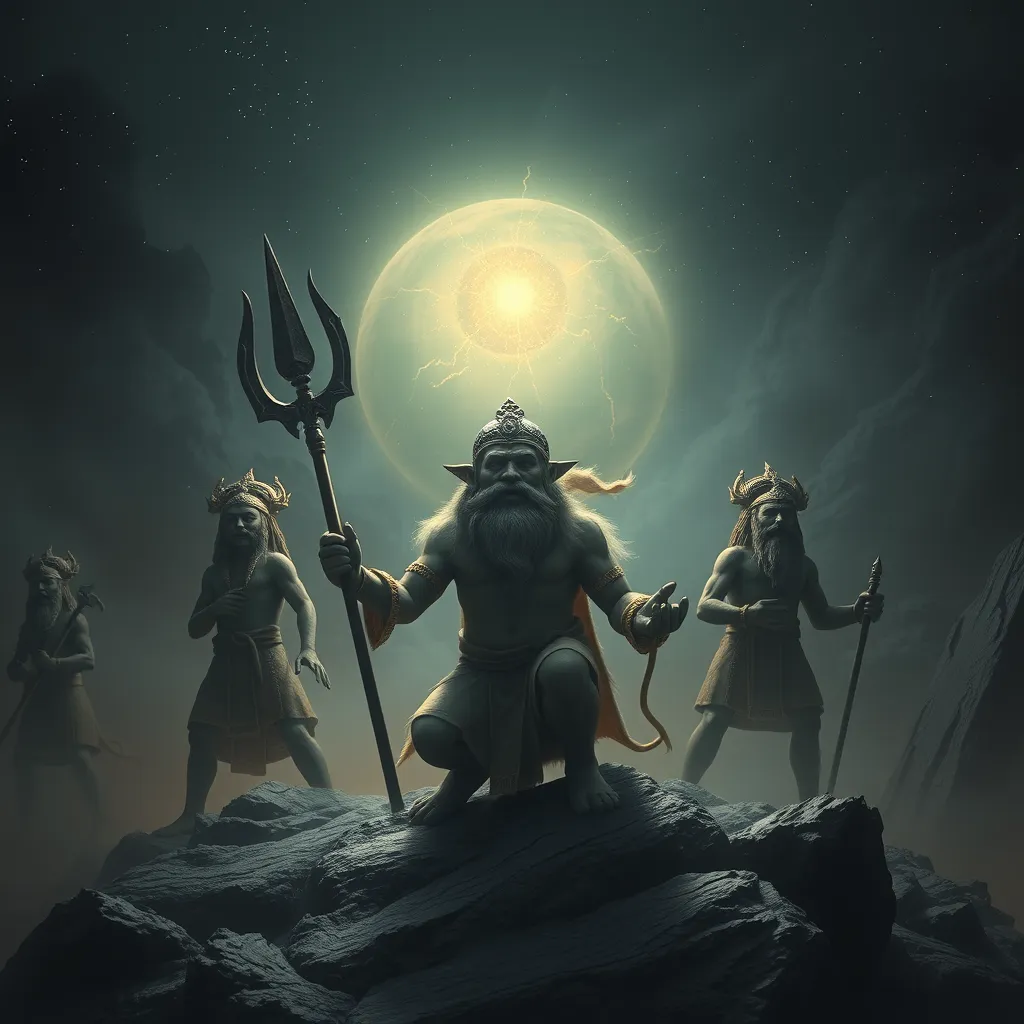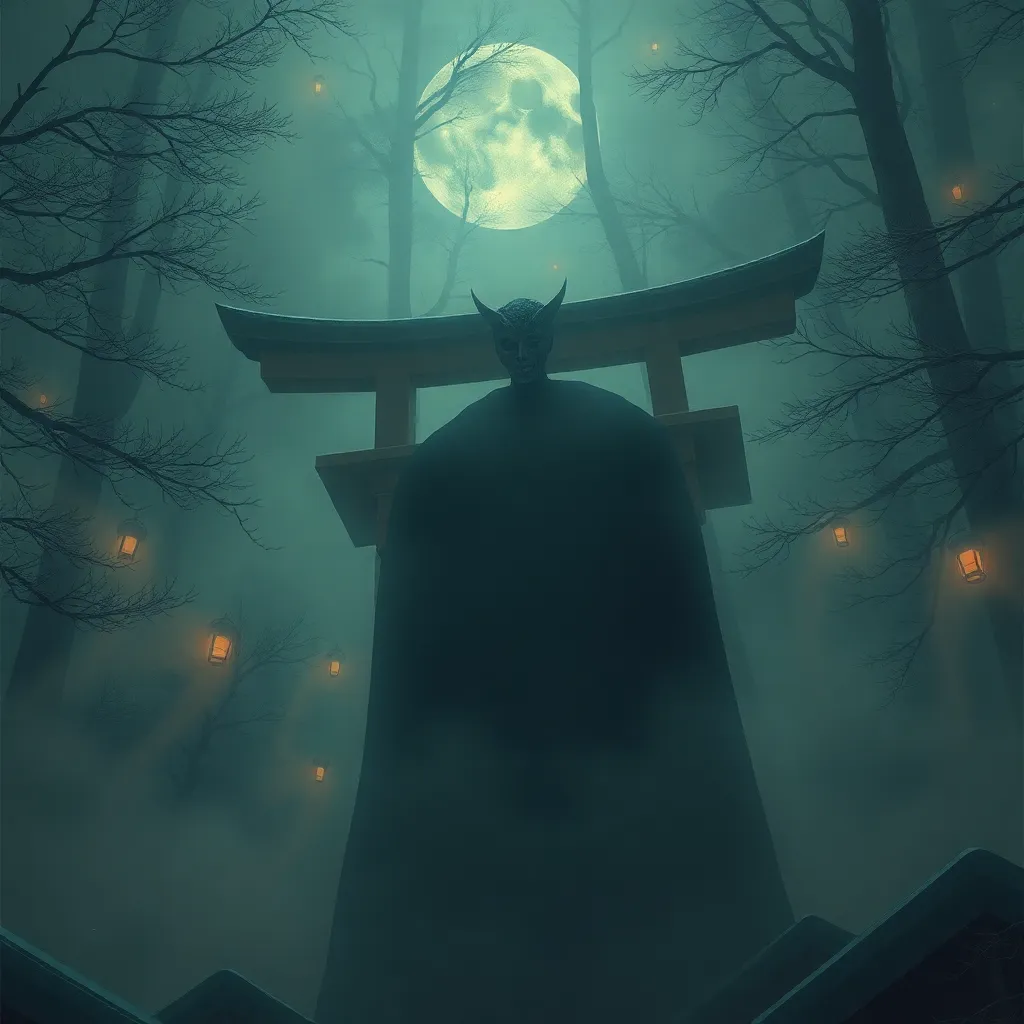Crafting the Cosmos: Examining Dwarf Creation Myths in Ancient Mesopotamia
I. Introduction
Ancient Mesopotamian mythology is a rich and intricate tapestry of beliefs and narratives that shaped the lives of the people who inhabited this cradle of civilization. The myths served not only as entertainment but also as powerful tools for understanding the world and the divine forces that governed it. Among these narratives are creation myths that delve into the origins of various beings, including the fascinating figures of dwarfs.
This article aims to explore the creation myths surrounding dwarfs in ancient Mesopotamia, shedding light on their significance in the cultural and religious fabric of the time. By examining these myths, we can gain insights into the values and beliefs of ancient Mesopotamian societies.
II. Historical Context of Mesopotamian Mythology
Ancient Mesopotamia, located between the Tigris and Euphrates rivers, is often considered the birthplace of civilization. This region saw the rise of several key civilizations, including the Sumerians, Akkadians, Babylonians, and Assyrians, each contributing to a shared mythological heritage.
- Sumerians: Known for their early developments in writing, agriculture, and urbanization, they laid the groundwork for subsequent cultures.
- Akkadians: They unified the region under a single empire and spread Sumerian myths, adapting them to their own narratives.
- Babylonians: They are famous for the Enuma Elish, their creation epic that reflects their religious and political values.
- Assyrians: As a militaristic society, they often used myths to justify their conquests and governance.
Myth played a crucial role in everyday life, influencing everything from governance to personal identity. The stories of gods and creatures provided explanations for natural phenomena and societal norms, reinforcing the cultural values of these ancient peoples.
III. Dwarfs in Ancient Mesopotamian Culture
Dwarfs in Mesopotamian texts are often depicted as unique beings with distinct characteristics. They are described as short in stature but are not necessarily viewed negatively. In fact, they held various roles in mythology and society.
- Characteristics: Dwarfs were often associated with craftsmanship, labor, and sometimes mischief.
- Symbolism: They represented a blend of chaos and order, often acting as intermediaries between gods and humans.
In comparison to other cultures, such as European folklore, where dwarfs were frequently depicted as greedy or malevolent, Mesopotamian dwarfs were more complex, often embodying both positive and negative traits.
IV. Creation Myths Involving Dwarfs
Several significant creation myths feature dwarfs, showcasing their importance in Mesopotamian cosmology. Among these, the Enuma Elish stands out as a key text that explores the origins of the world and its inhabitants.
The Enuma Elish describes the birth of the universe from the primordial waters, leading to the creation of gods and, eventually, humans. Within this narrative, dwarfs are seen as products of divine craftsmanship, often created for specific purposes such as servitude or protection.
- Role of Gods: Dwarfs were often crafted by gods to assist in various tasks, reflecting the divine will in shaping the world.
- Creation Processes: The methods of dwarf creation varied, sometimes involving rituals or divine decrees that highlighted the power of the gods.
V. Thematic Elements of Dwarf Creation Myths
The creation myths involving dwarfs often encapsulate several thematic elements that resonate throughout Mesopotamian literature.
- Duality: Many myths explore themes of creation and destruction, where dwarfs embody these opposing forces.
- Divine Relationships: The interaction between dwarfs and gods illustrates the complexity of divine hierarchy and human-like traits among deities.
- Embodiments of Chaos and Order: Dwarfs often navigate the balance between chaos and order, symbolizing the struggles inherent in the societies that created them.
VI. Archaeological Evidence and Textual Analysis
Archaeological findings have provided valuable insights into the existence and significance of dwarf myths in ancient Mesopotamia. Excavations of ancient sites have uncovered various artifacts, including figurines and inscriptions that reflect the presence of dwarfs in both daily life and religious practice.
Cuneiform tablets, some of which date back to the third millennium BCE, contain references to dwarfs, their roles, and their creation. These texts reveal a complex understanding of dwarfs as both mythological beings and part of the social fabric.
- Insights from Inscriptions: Many inscriptions highlight the reverence for dwarfs, depicting them as protectors or patrons.
- Modern Interpretations: Scholars continue to analyze these texts, offering new perspectives on how dwarfs were perceived in ancient times.
VII. Cultural Significance and Legacy
The influence of dwarf creation myths extends beyond ancient Mesopotamia. They have shaped narratives in later cultures, including the Greeks and Romans, where similar themes of creation and the roles of diminutive beings appeared.
In modern popular culture, dwarfs have made a significant impact through literature, film, and art, often drawing inspiration from ancient myths. They continue to appear in various forms, from fantasy novels to cinematic adaptations, reflecting their enduring legacy.
- Influence on Later Cultures: Dwarf figures can be found in various mythologies worldwide, showcasing a shared human fascination with these beings.
- Contemporary Relevance: Discussions about the representation of dwarfs in media often reference their ancient origins, highlighting ongoing cultural dialogues.
VIII. Conclusion
This exploration of dwarf creation myths in ancient Mesopotamia reveals a rich narrative that reflects the complexity of human experience and belief. Dwarfs, as crafted beings, embody themes of duality, divine relationships, and the balance of chaos and order.
Understanding these myths provides valuable insights into the societal values and cultural practices of ancient Mesopotamia, highlighting the importance of mythology in shaping identity and belief systems. Further research into these narratives promises to uncover even more about the fascinating world of ancient Mesopotamian mythology and its enduring legacy.



